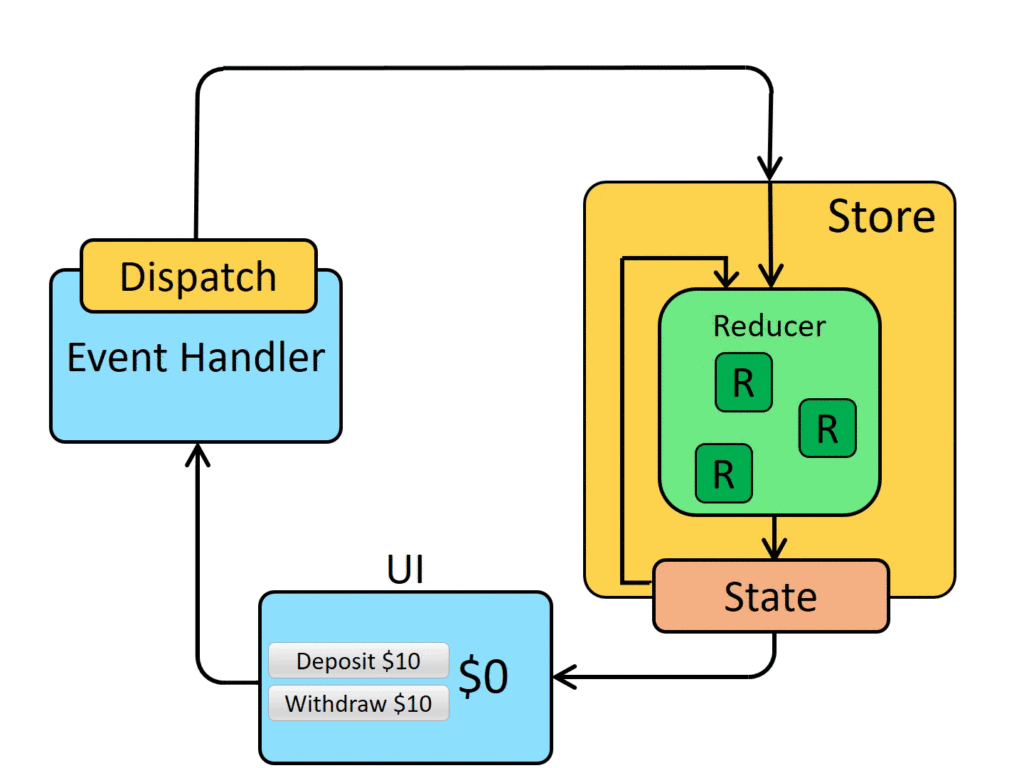We know how to create a State and dispatch actions to update its value. Now let’s see how to receive updates when the State gets updated.
Most state management libraries provide what is known as Selectors. A Selector query function runs against our State and returns an Observable. For instance, with NgXs, a Selector can be created with the @Select decorator as follows:

The above code creates an Observable that returns any value update in state.currencyInfo. If you don’t like decorators, you can also use the select function from the Store service:

Both options return a similar Observable. If a Selector of a slice of your State is used repeatedly, you can make it a memoized selector by using the @Selector decorator in your State class. This example creates a new selector that returns just the currency property of our State:

Such a Selector can be used with @Select decorator in your components/services as follows:

You can see that code in action on Stackblitz.









